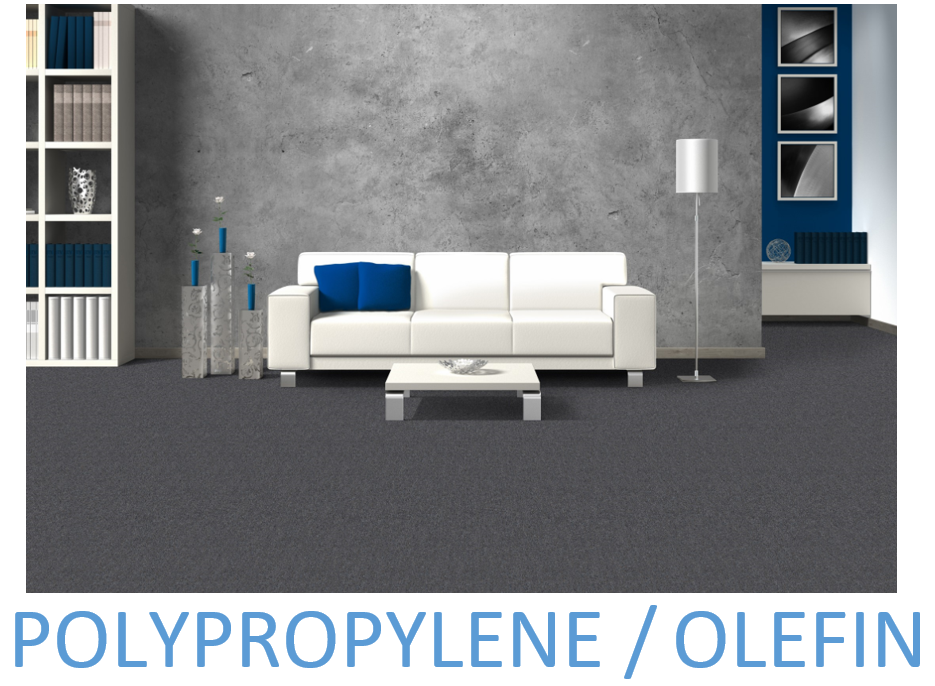Submitted by London Team on
Carpet Fiber Break-down
Do you know what carpet fiber is best for your project?
There are so many options now when you are looking for flooring it can be overwhelming! Like anything we purchase, carpet manufacturers are fighting to prove to you their product is the best option out there. The best carpet fiber is debatable, with pros and cons for each and in different categories. Ultimately the best carpet fiber for you depends on what characteristics mean most to you.
Below we are going to take a deeper look into carpet fibers, and hopefully give you a better idea of what fiber is best for your project!
Different Factors to Consider:
· Are you looking for a carpet to be long-lasting, or are you expecting to replace carpeting more regularly (ex: rental property)
· Will the carpeting be in a high-traffic area (ex: stair-ways, hallways etc.)
· Are you looking for something to be considered a "green" or natural material?
This natural fiber is often described as the premier carpet fiber. It holds colour brilliantly and is naturally resistant to stains. Wool tends to be sold as a higher-end product than other carpet fibers, but it has the durability to last.
Wool is also welcomed for being the most environmentally friendly fiber as it is all natural.
Often a favorite carpet fiber as Nylon has many positive qualities. Nylon carpets can range in texture from soft to hard, and long to short. It is an extremely durable fiber, with a strong resistance to staining. A nylon carpet will retain it's structure and have less wear than other fibers. Our Shaw carpet lines feature 'Stainmaster' protection, found in Shaw's type 6 nylon fiber. Nylon is either Type 6 or Type 6'6 with the difference between the two names described below. Nylon is often found at a higher price point so it is a popular choice for those choosing carpet they want to maintain for a longer period.
'Nylon 6 is made from one component namely Caprolactum, which has six carbon atom , while Nylon 66 is made from two component s namely adipic acid and hexamethylene diamine each monomer has six carbon atoms.'
(resource: http://textilelearner.blogspot.ca/2013/05/physical-properties-of-nylon-6...)

Often referred to as 'Olefin', this carpet is dyed using a solution-dyed process, creating the most color-fast fiber that will last the longest without fading. Polypropylene or Olefin carpets are generally at a less expensive price point than Nylon and Wool. They carry a strong stain resistance and durability, although they tend to flatten in high-traffic areas quicker than Nylon, that is why they are often found in tight looped carpets, such as commercial carpeting (both broadloom and carpet tile).

Another common fiber found in carpets is Polyester. "The most common polyester for fiber purposes is poly (ethylene terephthalate), or simply PET. This is also the polymer used for many soft drink bottles and it is becoming increasingly common to recycle them after use by remelting the PET and extruding it as fiber. This saves valuable petroleum raw materials, reduces energy consumption, and eliminates solid waste sent to landfills." (Resource: http://www.fibersource.com/fiber-products/polyester-fiber/) This recycled content is often used to make up a percentage of a polyester carpets fiber. Polyester carpets are extremely stain resistant, and hold up in quality and appearance. Polyester can be extremely soft, and is often less expensive than Nylon.


